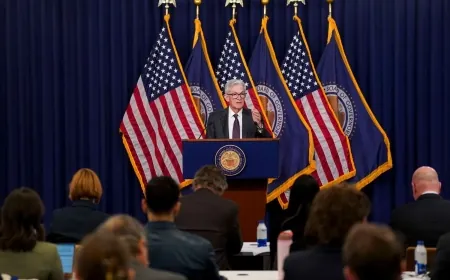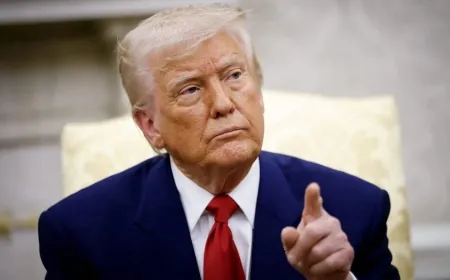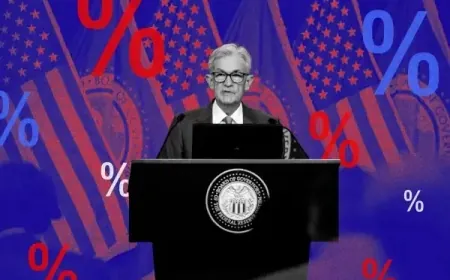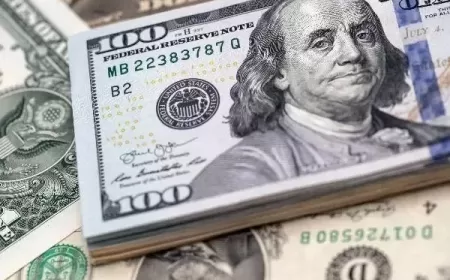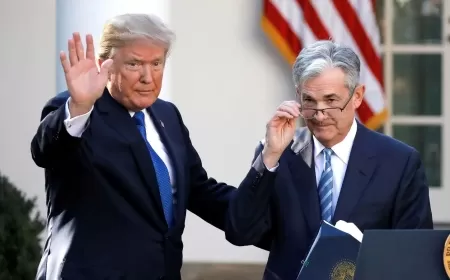Trump Threatens Massive China Tariffs, Doubts Meeting with Xi
Trump threatens “massive” new tariffs on Chinese goods and questions meeting with Xi as China imposes port fees and investigates Qualcomm.
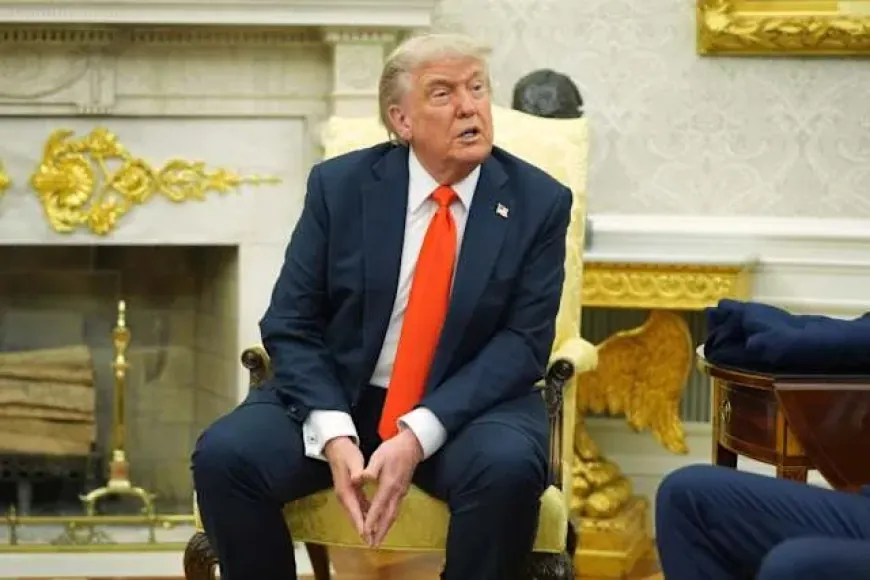
Key Takeaways
- Trump threatens major tariffs on Chinese goods and questions meeting with Xi Jinping.
- China imposes port fees, halts U.S. soybean imports, and opens antitrust probe on Qualcomm.
- New U.S. tariffs on kitchen cabinets, timber, and wood products go into effect this October.
- Supreme Court review of Trump’s reciprocal tariffs could affect U.S. trade revenue and policy.
- Trade pause ending in November raises uncertainty for exporters and global supply chains.
- Firms may relocate production outside the U.S.-China corridor due to escalating tensions.
President Donald Trump escalated trade tensions with China on Friday, warning of a “massive increase” in U.S. tariffs on Chinese imports. Trump suggested that he might cancel a planned meeting later this month with Chinese President Xi Jinping if Beijing continues what he described as “hostile actions.”
Trump pointed to a series of Chinese moves this week, including restrictions on rare earth mineral exports, new port fees on U.S. shipping vessels, and an antitrust investigation targeting Qualcomm (QCOM). In addition, Beijing has halted purchases of U.S. soybeans, affecting American farmers’ production plans and exports.
U.S. financial markets reacted to the escalating tensions, with stocks slipping during the session as investors assessed the potential economic impact of renewed tariff actions.
Current and Upcoming U.S. Tariffs on Chinese Goods
As of now, U.S. tariffs on certain Chinese imports reach 145% in select categories but remain temporarily paused until November 10 under ongoing trade discussions. China has maintained duties up to 125% on American goods, including agricultural products, creating a tense environment for exporters.
New U.S. tariffs scheduled for the coming weeks include:
-
October 1: Duties on kitchen cabinets and bathroom vanities took effect.
-
October 14: Tariffs on timber and specific wood products, such as furniture, will begin.
-
Early November: The temporary pause on tariffs targeting Mexican goods is set to expire.
These measures reflect the ongoing tit-for-tat nature of U.S.-China trade relations and aim to protect domestic industries while pressuring China to negotiate.
Supreme Court to Review Trump’s Reciprocal Tariffs
The U.S. Supreme Court is scheduled to hear a challenge early next month regarding Trump’s country-by-country reciprocal tariffs. These tariffs impose duties on specific imports from countries with trade imbalances. Lower courts have ruled portions of the policy unconstitutional, and a ruling against Trump’s tariffs could affect the billions of dollars collected in tariffs so far and alter the administration’s broader trade strategy.
China’s Countermeasures: Qualcomm and Nvidia in Focus
China has responded with multiple measures aimed at U.S. companies. Customs authorities have increased inspections on Nvidia AI chip shipments, slowing delivery times and raising costs for U.S. technology firms. At the same time, the Chinese government launched an antitrust investigation into Qualcomm, citing unfair competition practices.
Beijing’s actions are part of a broader strategy to encourage domestic production of key technologies, including semiconductors and AI chips, reducing reliance on U.S. imports and strengthening local supply chains.
U.S.-China Trade Pause Nears End
The temporary suspension of tariffs between the United States and China is set to expire in November. Without a new agreement, tariffs on consumer electronics, industrial equipment, and raw materials could resume, affecting pricing and supply chains for U.S. exporters and importers. President Trump said he sees “no reason” to meet with Chinese President Xi Jinping while Beijing continues restricting exports and imposing fees on U.S. companies. The White House has not yet confirmed whether the planned meeting will proceed.
Effects on U.S. Agriculture and Technology Sectors
American soybean farmers face disrupted planting and export schedules after China paused purchases, creating uncertainty for crop planning and revenue forecasts. Meanwhile, increased tariffs and tighter customs inspections on U.S.-made AI chips and semiconductors could delay shipments, raise costs, and disrupt supply chains for high-tech manufacturers relying on timely imports and exports.
Global Trade Effects
Extended U.S.-China tariff disputes could force multinational companies to move manufacturing and sourcing to alternative countries, such as Vietnam, India, or Mexico. European and Asian markets may adjust pricing and supply strategies to account for higher import costs from China and the U.S. Key sectors affected include technology, semiconductors, agriculture, and consumer goods, where companies may face both rising costs and delays in delivery.
Also Read: Trump-Xi Friday Call Focuses on TikTok Deal, U.S.-China Trade, and Tariffs
